Wilderness Youth Project Grows Up
Santa Barbara–Based Nonprofit Now Providing Outdoor Education to Public Schools

by Matt Kettmann | Published October 3, 2019

H
igh school dropouts finding purpose. Quiet gang members opening up to a crowd after a night under the stars. Image-conscious teenage girls letting their hair down to slide down waterfalls. Eight-year-olds realizing that they are on their first adventure.
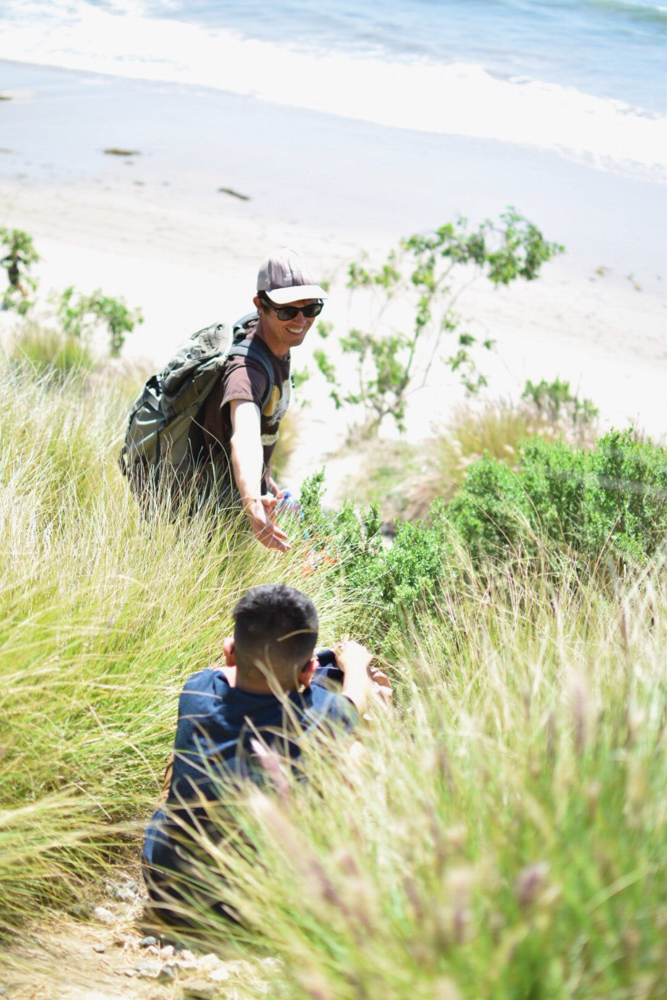
Andrew Lindsey leads a student down a bluff toward the beach.
These are all true tales from the Wilderness Youth Project, a nonprofit launched in Santa Barbara 20 years ago to take our desk-bound children outside and teach them all of the wonderful lessons offered by the classroom of nature. Through after-school programs, summer camps, and more, WYP (pronounced “whip”) was quickly embraced by Santa Barbara parents seeking to open their kids’ eyes to the great outdoors.
Then, in 2008, a decade into WYP’s existence, Richard Louv wrote Last Child in the Woods: Saving Our Children from Nature-Deficit Disorder, enlightening the masses about why there is so much for kids to learn outside. Suddenly, WYP was a cutting-edge program. Its popularity boomed.
In the years since, WYP matured in major ways. Today, with a larger staff and stable funding (much of it from the Audacious Foundation), WYP serves more than 500 public elementary school students each year in their Bridge to Nature program, and that’s on top of the after-school, summer camp, preschool, and homeschool offerings. Altogether, running from toddlers to high schoolers, more than one thousand children and teenagers experience the power of WYP annually.
I’ve seen the impact firsthand, as both of my children have participated throughout the years. Just this past summer, my 7-year-old daughter, Madeline, did a week of WYP camp. Each afternoon, when she returned from what felt like serious adventures — swimming in the Santa Ynez River, wading into the waves at Tajiguas Beach, playing hide-and-seek at Lake Los Carneros — Madeline seemed reinvigorated by the day’s quest, enlightened about something new, and empowered to be herself.
How WYP Grew
Last week, WYP’s director of school programs, Andrew Lindsey, stopped by my house to explain how the organization has evolved since he started working there 10 years ago. “I found WYP in 2009,” said Lindsey, who was a teacher in Vermont before moving west. “It was really love at first sight. I was able to jump right in.”
Right away, there were two issues to tackle. One was how to better partner with public schools, and the other was how to ensure that WYP would serve all of Santa Barbara, not just those who could afford it.
“WYP was growing fast, even during the economic downturn,” said Lindsey of what happened after Louv’s book came out. “It was suddenly very vogue to give our kids unstructured outdoor time, and nobody was doing it better than us. But it also came with a bit of gentrification. Our leadership team of Erika Lindemann, Dan Fontaine, and Michelle Howard took a look around and said, ‘We need to start making efforts to give our service to people who reflect the actual demographics of Santa Barbara.’”
They realized that if a kid doesn’t have an available ride from school to Tucker’s Grove, they couldn’t participate. “So we just removed that obstacle,” said Lindsey. “We started meeting at McKinley School. The bridges just started to build.” Next came two years at Adams School and then Adelante Charter School, a relationship that continues into its eighth year.
Lindsey recalls realizing that these were the first times that WYP was mandatory, not an option. “If you’re in Miss Ayala’s 5th-grade class, you were coming out with us,” he explained. “It wasn’t until Mario Mendez and I were walking up to the classroom that it dawned on us that this is the first time a kid was being made to go on WYP as opposed to choosing it. We were struck wondering if every kid will like Wilderness Youth Project. It turned out, yes.”
That first day, he recalls taking kids off-trail and down San Antonio Creek toward Tucker’s Grove. “There were tears. There was joy. There was everything,” he said. “It was like a Broadway musical. We had it all. Then we were off and running.”
With the support of the Audacious Foundation — and an internal goal to reach every school with more than 50 percent of students receiving free or reduced lunches — WYP expanded to McKinley, Adams, Franklin, Monroe, and Cleveland, as well as Peabody, S.B. Community Academy, Notre Dame, and St. Raphael. (They’re still working on Harding.) “There is still way more to do in regards to deepening those community ties, but we’re definitely serving all of those communities now,” he said. “We’re doing the best we can to spread ourselves geographically from Montecito out to Winchester Canyon.”
Most of the participants are 4th graders, and each kid goes out with WYP nine times a year for a half day of school. “We have nine different locations to take them, but sometimes it is worth returning to the same place,” said Lindsey.
Why WYP Works
Why does the WYP approach work so well for all types of kids? Lindsey believes two things are at play.
“One is the innate magic of places of wild character,” he explained. “When you are in a place of robust, wild character, there is a vitality that is present that speaks directly to kids. There is a variability that exists in the landscape that allows a kid to enter that world, wherever the kid is at. There is a true mystery for as complex as you can think. There is a physical challenge that hits you right at your level. It doesn’t matter if I take 10 different kids of all different abilities — every one of them will find the thing that is challenging to them and supportive to them. The natural world makes no boundaries between what might be physical or mental stimulation. It’s seamless.”
And then there is WYP’s tight ratio of kids to teachers, usually about four to one. “That means there is almost always a considerate, capable mentor available to listen to the kids think about the world — having that relational intimacy is priceless,” said Lindsey. “Before anything else, we’re an organization built on relationships. It just so happens that doing that work outdoors is the best place to do it. Walk around outdoors, and you’ve got life, death, responsibility, challenges, integrity — all of the major aspects of life are just being played out in front of you. When kids are ready to think about those or experiment with shaping their worldview, there is someone right there, able to listen to them and give some guidance or just reflect back their own thoughts about the world. Kids love that.”
What’s Next for WYP
As to the future, WYP is in a reflective stage after 10 years of “extreme” growth, working on the next strategic plan. “The language we’re using is, ‘Let’s hit pause. Let’s deepen what we’re doing before we think about getting bigger. Let’s make sure that, over these 10 years, we didn’t leave behind the most important things,’” explained Lindsey. “That is our vision for the next couple years, really just reexamining and making sure we’re still serving all of the people with as much integrity to our mission as we originally did when it was just a few kids after school.”
When it comes to the public-school programs, Lindsey sees opportunity for growth in parental involvement as well as in assessing WYP’s impacts. But the benefits of the approach are no longer a question.
“I believe we’ve come to a place where we should no longer be asked to demonstrate why the outdoors is good for kids,” he said. “Nobody has ever proved that it isn’t. Anyone who’s ever seen a kid outdoors has seen that it’s a good fit. We need to stop worrying about proving that it’s good and start working more on what we can do with this potential, like gravity.”
Why We Love WYP
We asked a number of former WYP participants, staffers, parents, sponsors, and supporters about how the program impacted their lives. This is what they said.
Maya Shoemaker, 28, participant and staff, now attending grad school at Southern Oregon University: “I struggled in high school, as many young people do, to function within a system I found oppressive and alienating,” said Shoemaker, who left during her sophomore year and started volunteering with WYP. “I quickly saw the profound difference between children just entering the program and those who had participated for years. I became intrigued, and my academic choices were informed by the curiosities coming out of the work I was doing with WYP. I took classes in child development, environmental studies, communication — everything seemed to connect.”
She recalls one student who was prone to violent outbursts and had a hard time connecting to others when he started. “I was amazed, when I reconnected with him, to see how he had kept his wild nature but integrated fully into the community and was now a leader among the teens.”
Steve Glikbarg, 54, parent and donor: A real estate manager by day, Glikbarg recalls his kids benefiting from WYP’s small groups, with four children per teacher. “Maybe it is counterintuitive, but this actually allowed for more independence of the kids,” he said. “A kid or two could climb a boulder and explore off the path, and there was always an adult who could be there in an unobtrusive way to let them do this.”
He wondered how this program could be made available to the wider public, and he helped support the growth to public schools. “WYP slowly but surely expanded their program to the public schools without watering down the core part of the program.”
Glikbarg’s son Leo is 17 and is embarking on a five-day backpacking trip before starting college. “I honestly think that he’s going because of WYP,” said Glikbarg. “He is comfortable in and around nature in a way that so many teens (and adults) no longer are. WYP also encouraged him to explore and take risks, which has paid off in his academics as well as personal life.”
Judith Lugo, 31, participant, now program director with S.B. Police Activities League: “In high school, it was my only escape from day-to-day life,” said Lugo, who attended La Cuesta Continuation School. “I experienced the outdoors in a way I never thought I would. Friends and I would return to the different hiking paths that WYP had taken us to and influenced others to join us. WYP was the only organization at La Cuesta that was reliable. We trusted them and respected them. When my journey to the nonprofit world began, I remembered what WYP did for me and the feeling of knowing that no matter what, WYP would show up on the day they said they would.”
She remembers a friend of hers, an active gang member, who changed thanks to WYP. “He did not talk; it was so hard to get a sentence out of him,” she said. “After that weekend, everyone got together to talk about their experiences. He stood up to speak. He spoke to a room full of friends and strangers! This is nothing short of a miracle.” He talked about sleeping outside instead of in the tents. “He couldn’t put in words how powerful and freeing it was to look up and see the stars,” she recalled. “He talked about how he feels strong enough to let his voice be heard and felt a strong connection with everyone who went on the trip. That stayed with me. I knew I wanted the youth of PAL to experience what he had, and they do.”
Andrew Lindsey, age 47, director of school-based programs: Early in his career with WYP, Lindsey led a group of 7-9-year-olds through the San Marcos Foothills Preserve. They opted to go down into a ravine on the way home, but then it started getting dark as they bushwhacked out. “I watched the unexpected darkness descend on the collective awareness of the young kids as the task of whacking our way back up the crumbly slope literally loomed above us,” he explained. “It wasn’t easy. I had to push on a few as they pulled on each other as well as the coyote bush. And I was there, all but disappeared to the reality of most of them, when one boy turned to his mate, and, in confessional yet reverential tones, said, ‘I think this is my first real adventure.’ And so begins every hero’s journey.”
Kathy Abney, retired principal of La Cuesta and Alta Vista high schools: When Abney started her job in 2000, WYP was already working with students in the district. “On one of the field trips to the front country, a number of La Cuesta students had the opportunity to splash in and go down the natural granite slides in the Seven Falls area,” she recalled. “Several female students [including Judith Lugo], always impeccably dressed and made up, came back from that trip totally drenched, having jumped into the water along with their male peers. They had an amazing time, never worried once about their appearance. It was at that point that I realized how much the WYP program resonated with these students who had no outdoor experiences to speak of and who were willing to let down their hair and be kids for a change.”
Lynn Shoemaker, 62, parent: Shoemaker’s daughter Maya started attending 15 years ago, and her 17-year-old son still participates and volunteers. “In contrast to the junior high school camping trip with lots of yelled rules about no knives, don’t get out of eyesight, and so on, on the WYP teen trip, the kids were asked if they had knives, then given one if they didn’t,” she explained. “They suggested that they stick together or let someone know if they were going on a wander on their own. A child came back from his own wanders, paddling across the lake! On a raft! That he had built himself!”
She also recalls an Art of Mentoring weekend for the whole family, when adults were taken on an awareness walk, listening and looking carefully for animal and bird signs. “We stopped in a clearing to pay attention and silently note everything we could,” she recalled. “I saw that there was a child hidden in a bush, so I looked around and found two or three more and felt very clever. But then came a coyote call, and 20 well-camouflaged children and staff jumped out of the trees, bushes, and leaf litter. I felt like Dorothy in Oz when the flowers turn into munchkins.”
Chloe Glikbarg, 21, participant and volunteer, now student at Stanford University: “I think learning about nature is an incredibly important part of growing up, in part because it makes one much more grateful and thankful for what they have,” said Glikbarg. “Especially in today’s current state, with climate change and so many environmental disasters, it is not only important, but I would argue necessary, to have an understanding of our environment and its needs. Without it, we are not well equipped to take care of our surroundings or make the necessary changes to prevent further environmental damage. WYP teaches its students how to be mindful, thoughtful, respectful citizens, both with each other and with the world around us.”
4•1•1 | The Wilderness Youth Project is hosting a free Play Day on Oct. 5, 10 a.m.-1 p.m., at Oak Park in Santa Barbara for all ages to learn about fire by friction, fiber cordage, earth paints, and more. See wyp.org to learn more about the day and the organization.

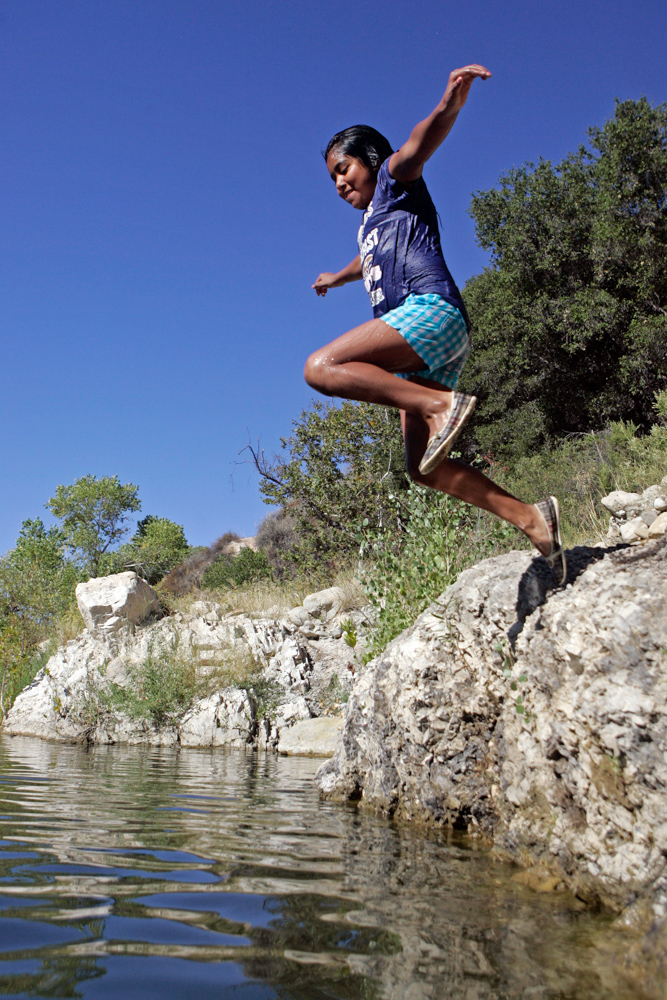
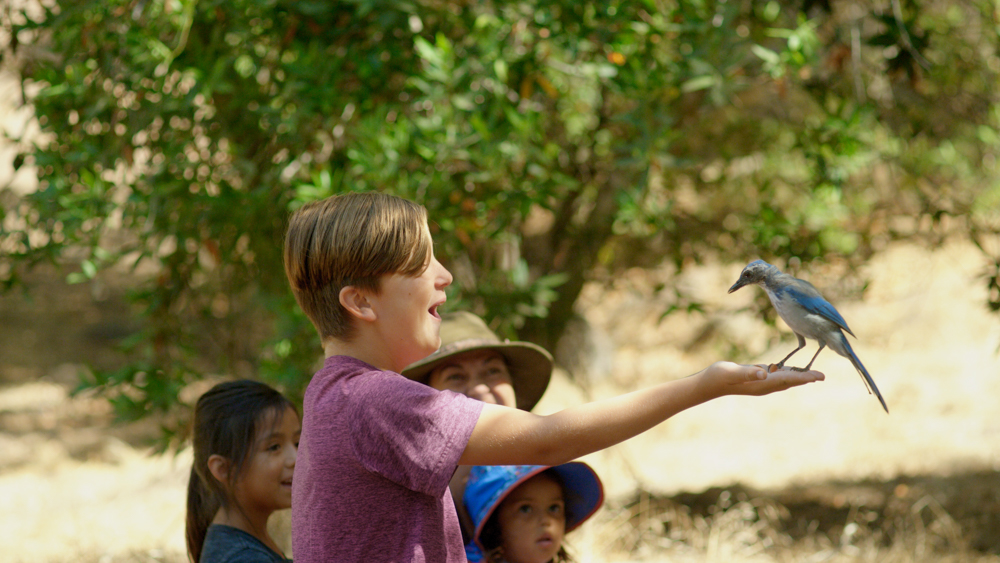
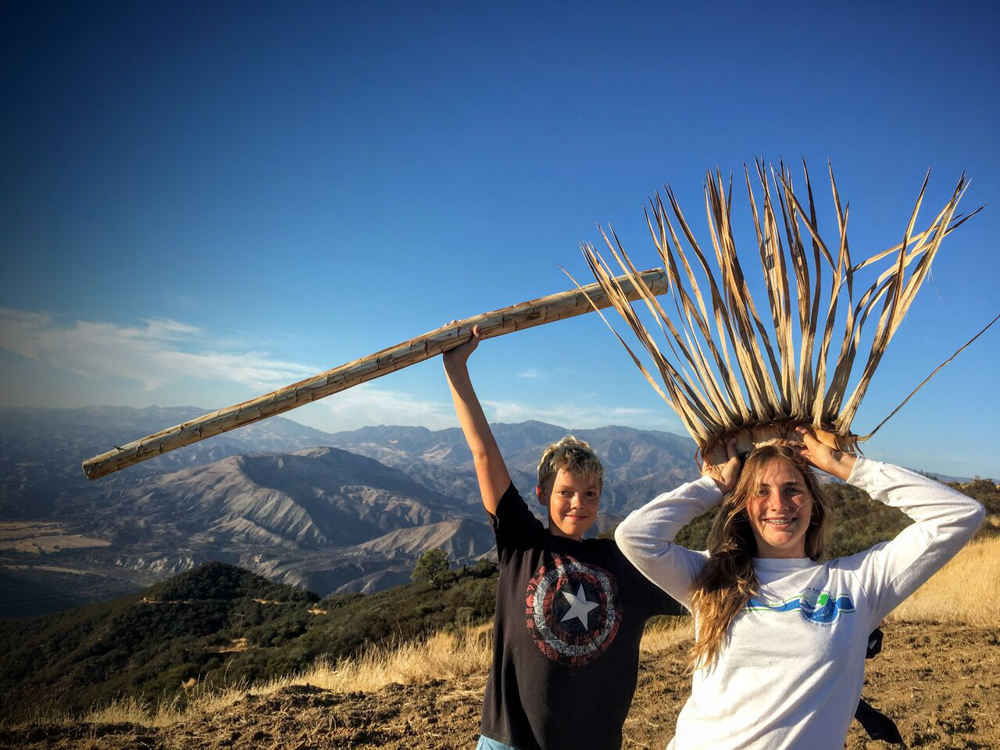
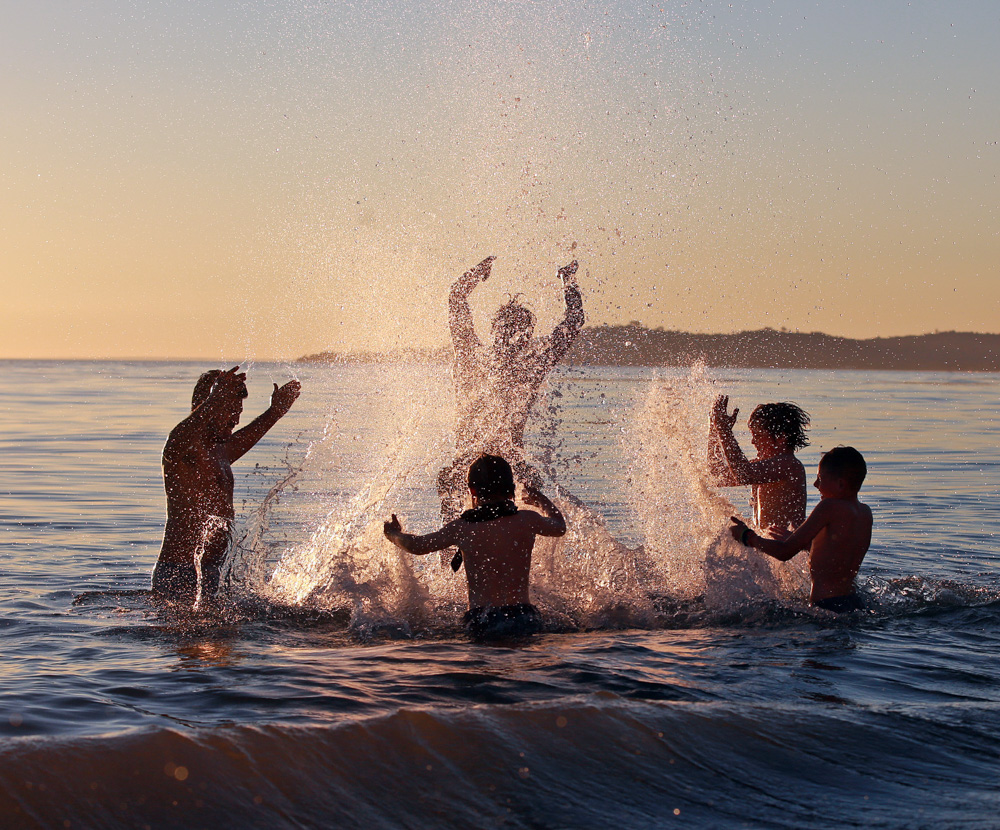
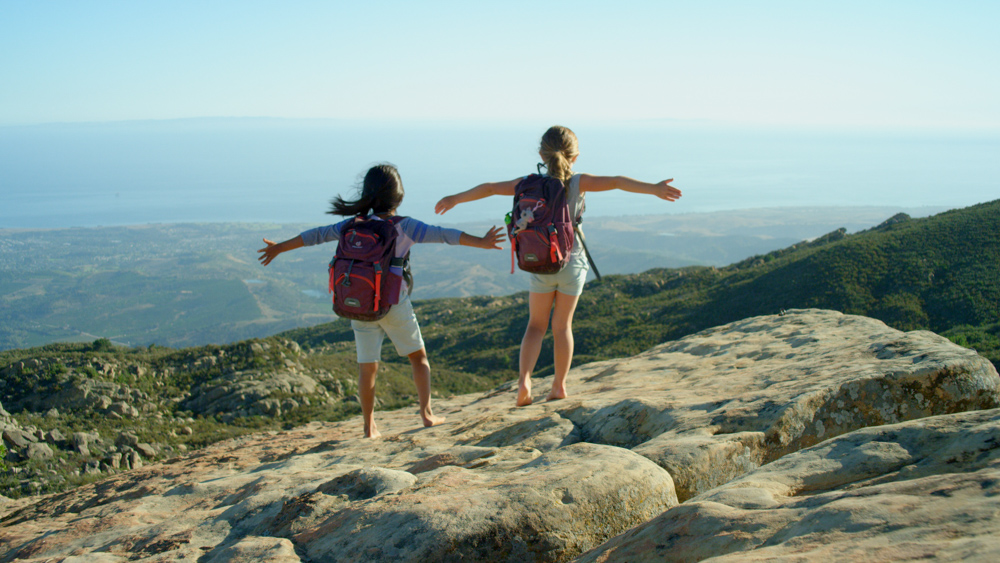
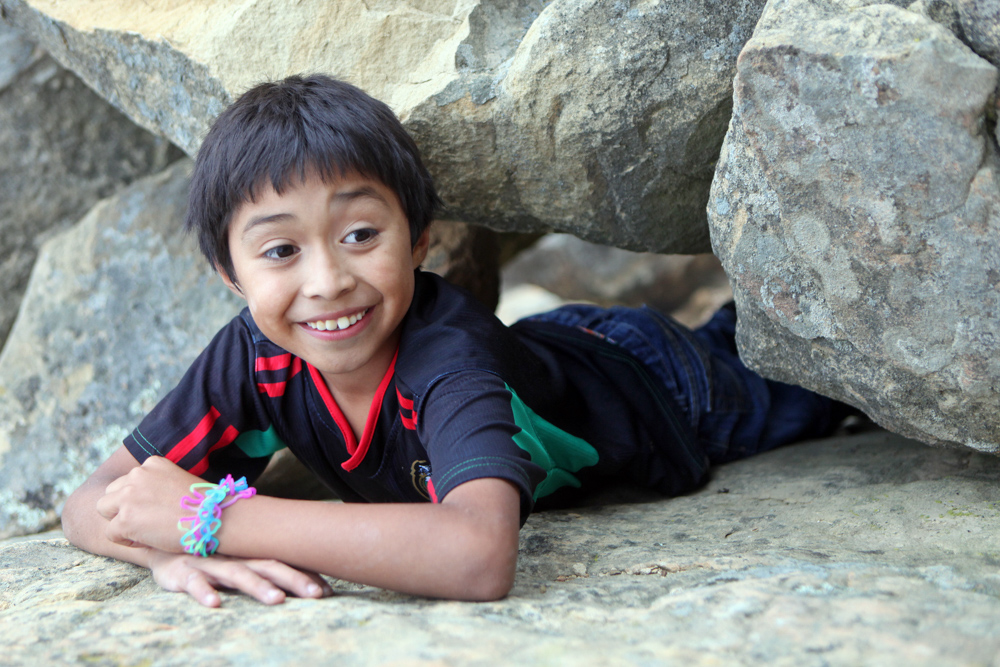



You must be logged in to post a comment.